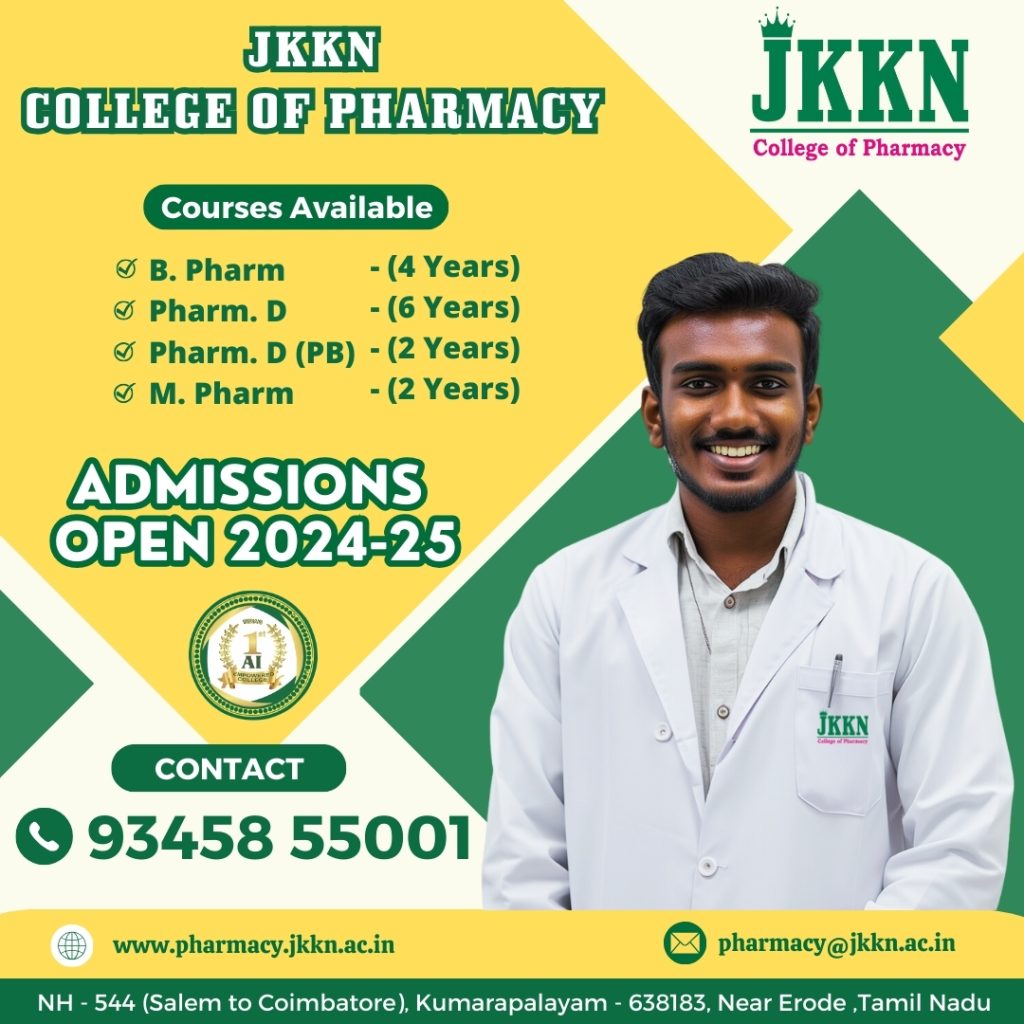I B. PHARM-I Sem
BP 106RBT.REMEDIAL BIOLOGY (Theory)
After a successful completion of the course the students will be able to
| Course outcome number | Course Outcomes | Cognitive level |
| CO1 | Recall and describe fundamental concepts, including the definition and characteristics of living organisms, diversity in the living world, binomial nomenclature, and the five kingdoms of life. | C1 |
| CO2 | Understand morphology of different parts of flowering plants, including roots, stems, inflorescence, flowers, leaves, fruits, seeds, and the general anatomy of monocotyledons and dicotyledons. | C2 |
| CO3 | Apply their knowledge of blood composition, blood groups, coagulation, lymph composition, and the human circulatory system, including the structure of the heart and blood vessels, cardiac cycle, cardiac output, and ECG. | C3 |
| CO4 | Critically analyze human alimentary canal and digestive glands, digestive enzymes, digestion, absorption, assimilation of digested food, human respiratory system, breathing mechanism and regulation, gas exchange, and respiratory volumes. | C4 |
| CO5 | Evaluate modes of excretion, the human excretory system, urine formation, the renin-angiotensin system, the nervous system, neuron structure, nerve impulse generation and conduction, brain structure and function, and the endocrine system. | C5 |
| CO6 | Synthesize their knowledge of human reproductive system parts, spermatogenesis, oogenesis, menstrual cycle, essential minerals, photosynthesis, plant respiration, growth and development, cell structure, and cell organelles. | C6 |
Remembering (C1), Understanding (C2), Applying (C3), Analyzing (C4), Evaluating (C5) and Creating (C6)
I B. PHARM-I Sem
BP112RBP.REMEDIAL BIOLOGY (Practical)
After a successful completion of the course the students will be able to
| Course outcome number | Course Outcomes | Cognitive level |
| CO1 | Demonstrate fundamental laboratory techniques, including the proper use of a microscope, section-cutting techniques, mounting and staining procedures, and the preparation of permanent slides. | P1 |
| CO2 | Manipulate experimental conditions to study cells and their inclusions, including the use of staining techniques and microscopic observation. | P2 |
| CO3 | Achieve a high level of precision in performing detailed studies of plant parts (stem, root, leaf, seed, fruit, flower) and their modifications using computer models for enhanced visualization and understanding. | P3 |
| CO4 | Articulate mastery in microscopic studies and the identification of tissues pertinent to stem, root, leaf, seed, fruit, and flower and demonstrate proficiency in using microscopy to analyze and interpret cellular structures. | P4 |
| CO5 | Reach a level of naturalization where practical skills, including the identification of bones and the determination of blood group, blood pressure, and tidal volume, become automatic and integrated and also demonstrate the ability to apply these skills in a physiological context. | P5 |
Imitation (P1), Manipulation (P2), Precision (P3), Articulation (P4) and Naturalization (P5).


